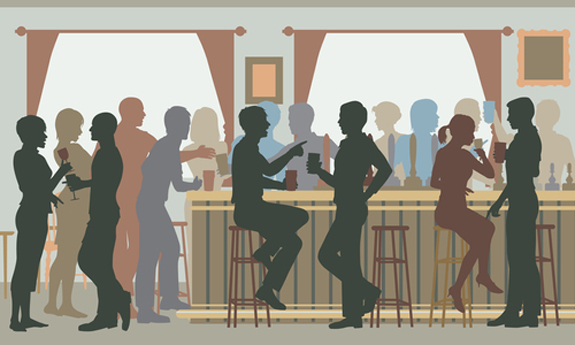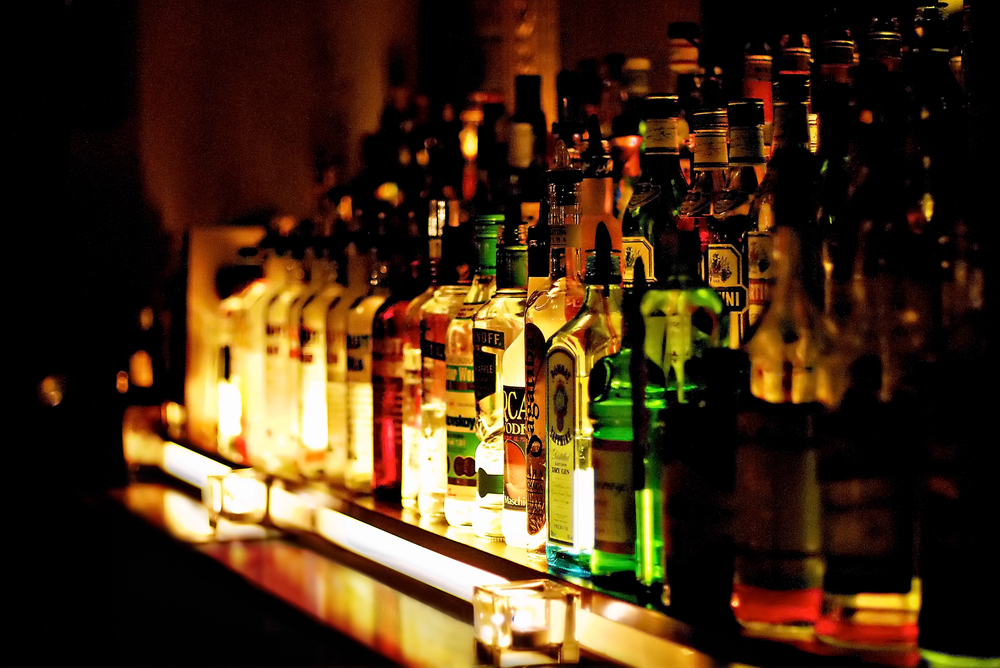General vs. Liquor Liability: Who Pays the Claim?

By: Jacquelyn Connelly
About 30% of losses at bars, taverns and nightclubs arise from assault and battery claims, according to Bill Turner, vice president, professional and product development at BerkleyReSolutions.
“Assault and battery continues to be a major driver of loss on liquor-related accounts,” agrees Renate Jordan, senior vice president and account executive, Gen Re, Los Angeles, who notes that the approach carriers use to address the exposure usually depends on whether they operate in the standard or excess & surplus market.
In the admitted market, policies are generally silent on assault and battery, and “the approach becomes more varied as the liquor exposure moderates,” Jordan explains.
“It’s typically a non-issue for standard market business—clients with liquor receipts that are 40% or less of total receipts,” Turner agrees. “They’ll typically get full assault and battery for both general liability and liquor liability.”
But as the proportion of liquor receipts inches closer to 50% and above, as in bar business, taverns and nightclubs, “you might start to see exclusions,” Turner cautions. “More often than not, you will see a sublimit on the GL and the liquor liability, with a lower limit for assault and battery.”
And those coverage restrictions can prove confusing or problematic in a space where “the line between liquor liability and GL claims is not always clear,” says Paul Wagner, senior vice president and account executive, Gen Re, Los Angeles.
According to Sandra Haley, senior vice president of underwriting and marketing at Hospitality Insurance Group, most GL policies specifically exclude liquor if you’re in the business of serving or selling it. Whereas a liquor liability policy provides coverage for bodily injury that results from over-service of alcohol or service of a minor, GL coverage pertains to bodily injury or property damage that results from anything besides liquor, such as slips and falls.
In theory, then, “if the over-service of alcohol contributes to a fight or accident on or off the premises, dram shop laws provide the remedy and the liquor liability policy provides the coverage,” Wagner says.
Beyond specific exclusions, “the ISO forms do a good job preventing the stacking of coverages,” says Turner, who notes that ISO’s GL form and current BOP endorsement for liquor liability both include an “other insurance” provision, “which states this coverage will not apply if other insurance is available, unless the other insurance is liquor liability coverage. That means if the GL applies, the liquor won’t apply, and if allegations are that the injury arose from the service or sale or furnishing of alcoholic beverages, the GL will not apply.”
But it’s not always so clear-cut. Maybe the dram shop statute caps recovery, or the client has no liquor liability insurance in place, Wagner suggests. Or maybe, the liquor liability policy excludes assault and battery, but the GL policy does not. In that case, “claimants may allege negligent oversight, failure to arrange transportation or unsafe premises to recover under the GL policy,” he explains.
“There’s a very fine line,” Haley agrees. “Assault and battery doesn’t necessarily mean it’s a liquor assault and battery. Maybe we just got there, and halfway through our first beer, you insult me and I smack you and you break a tooth. Yes, we’re in a bar, but neither of us is feeling the effects of the alcohol, so we can’t claim we’ve been overserved.”
Any of these scenarios could easily result in finger-pointing, where “the GL carrier says, ‘Liquor was involved,’ and the liquor carrier says, ‘Prove to me there were signs of intoxication,’” Haley says.
Haley, who recommends remedying these potential issues by securing GL and liquor liability with the same carrier, compares the problem to loading and unloading in the commercial auto realm. “Is loading of a vehicle on the auto policy, or is it part of the loading and unloading coverage on a GL policy? To get beyond that, you put the GL and the auto together, and you never have a question who’s covering it because you’ve got one carrier covering it,” she explains.
“Until they sort out the facts of the case, the client will probably incur some defense costs on both lines. But typically, the GL policy exclusions have held up,” notes Turner, who adds that much depends on your state’s willingness to impose liability on the commercial host.
In states like Maryland, for example, which impose no liability on commercial hosts, “plaintiff attorneys are aware of this stuff, and most will pursue the GL line and won’t even mention the liquor,” Turner says. “It’s virtually impossible to be successful on litigation involving liquor liability in a state like that, where naturally an assault or battery will gravitate to the GL.”
But “it gets a little dicier in states that tend to impose liability on servers,” Turner says. There, Wagner says it’s “much harder to succeed with GL claims.”
“Many states apply their dram shop laws as the exclusive remedy for any injuries arising out of the improper provision of alcohol,” Wagner explains. “That’s not to say GL carriers are always free and clear when an obviously intoxicated customer is served and later harms another patron—courts always make exceptions. Most such claims, though, are landing in the liquor liability policy.”
Jacquelyn Connelly is IA senior editor.










